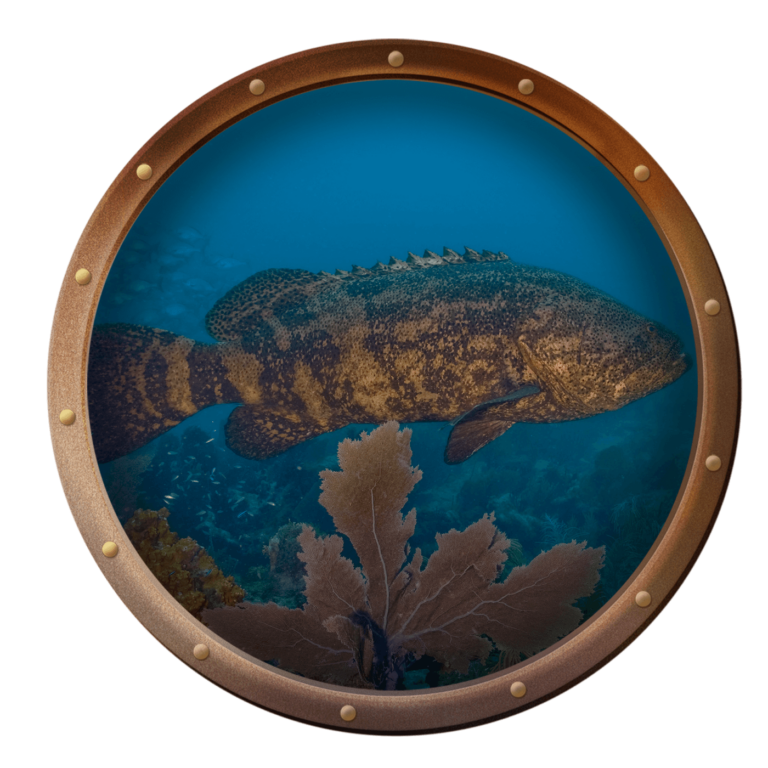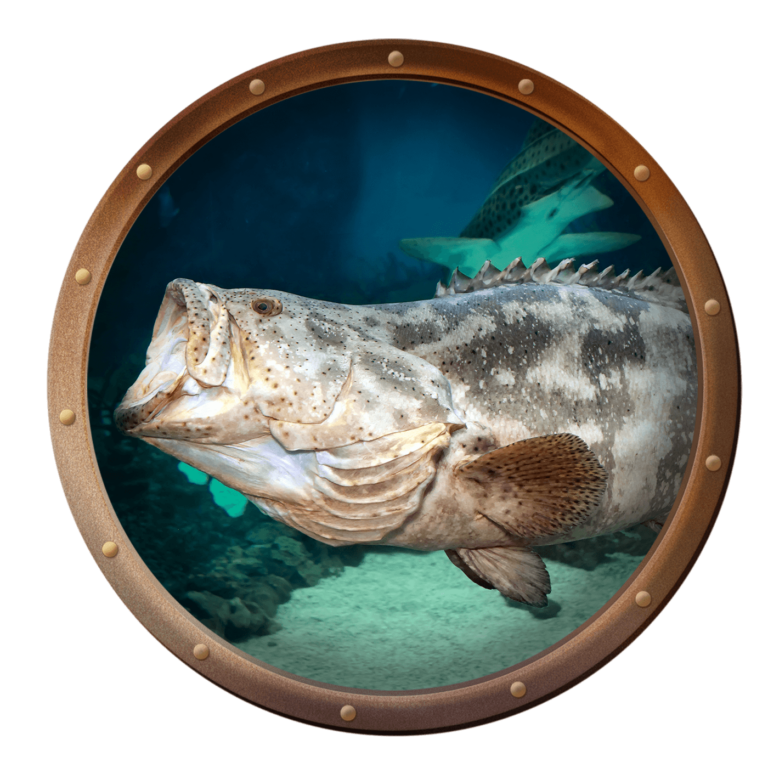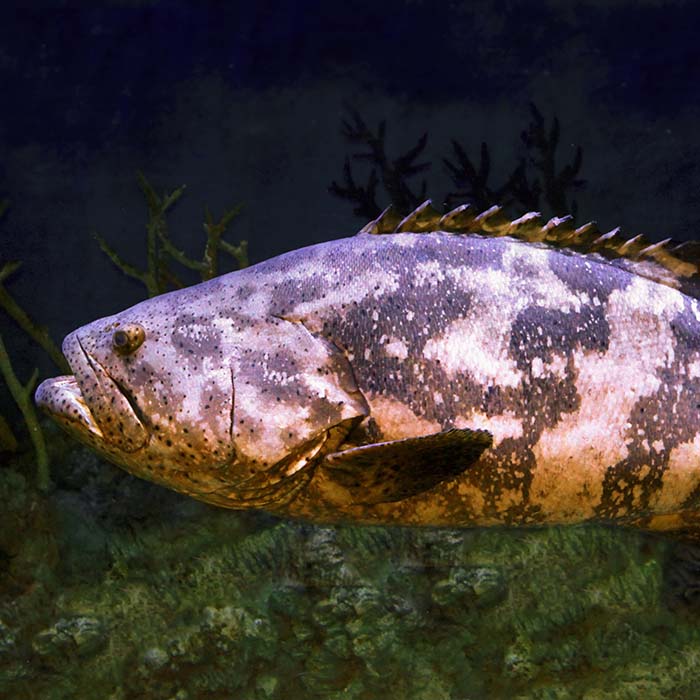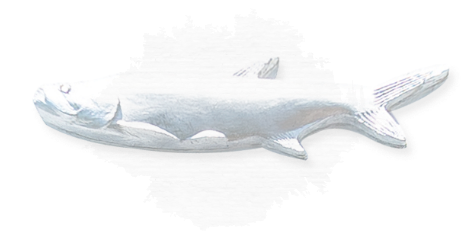The goliath grouper is the largest in the western Atlantic. They grow to 8 feet long and can weigh up to 800 pounds! Their large size and the ease with which they are caught has led to the overharvesting of this species. By the late 1970s, they were considered functionally extinct in Florida waters. In 1990, the harvesting of goliath grouper was banned in the southeast region of the United States. By 1991, it was considered a candidate for listing under the Endangered Species Act and later listed as a species of concern. The closure of fishery and the restoration of critical mangrove nursery habitat were compelling enough that by 2006, goliath groupers were removed from the list. The fishery is still closed in the South Atlantic, Gulf of Mexico, and the Caribbean, but there is a push to open it again.
Limited Harvest
A limited harvest has been opened in selected areas around Florida through the Goliath Grouper Harvest Program. Anglers can join a lottery to win one of 200 permits to harvest a single goliath grouper. The permit has tight restrictions, including a slot size of 24-36 inches and a season lasting only from March 1 to May 31. Any fish caught must be reported within 24 hours, and a biological sample must be obtained. The hope is that the limited slot size will preserve the smaller, nonreproductive individuals and the very large, highly fecund fish and that any harvest will provide valuable data on the goliath grouper population. There is controversy over this program, with some heralding it as evidence of successful conservation efforts. In contrast, others are concerned that the goliath grouper population has not sufficiently recovered to warrant opening a season for them.
The Male Goliath Grouper is Very Robust and Long
The widest point on the fish is more than half its total length. Their head is broad with small eyes and a rounded snout, and they have short, fanlike tails. Adult goliath grouper are generally brownish yellow, gray or olive with small dark spots on the head, body, and fins to help them blend into their rocky coral and muddy inshore habitat (waters up to 150 ft). Three or four irregular, faint vertical bars are present on the sides of individuals less than 3 feet in length. The rear half of the caudal peduncle of these small individuals is covered by another similar bar. The tawny-colored juveniles are not as colorful but are attractively patterned, exhibiting a series of dark irregular vertical bands and blotches. These break up their profiles against mangrove roots and seagrasses. Juveniles inhabit mangroves and brackish estuaries, especially near oyster bars. The goliath grouper is one of the few groupers found in brackish waters. This type of fish is typically solitary, with adult fish staying within specific home ranges. Goliath groupers are territorial in refuge areas, such as caves, wrecks and ledges.

Goliath groupers feed largely on crustaceans — spiny lobsters, shrimp and crabs — and fish, including stingrays, parrot fish, octopuses and young sea turtles. They catch their prey with a quick rush and snap of the jaws. The groupers have sharp teeth that are adapted for seizing and preventing escape. The meal is usually simply engulfed and swallowed whole.
As a warning to intruders, the goliath grouper displays an open mouth and even creates an audible rumbling sound from its swim bladder. The sound the grouper creates with its swim bladder is also used to locate other goliath groupers, as it can travel a great distance.

Juveniles have many predators — barracuda, king mackerel, moray eels, and other groupers — and even the sandbar and hammerhead sharks are known to feed on groupers. The large adult goliath groupers have very few natural predators; some don’t even mind divers getting close. This behavior made them easy targets for spearfishing before they were protected.


